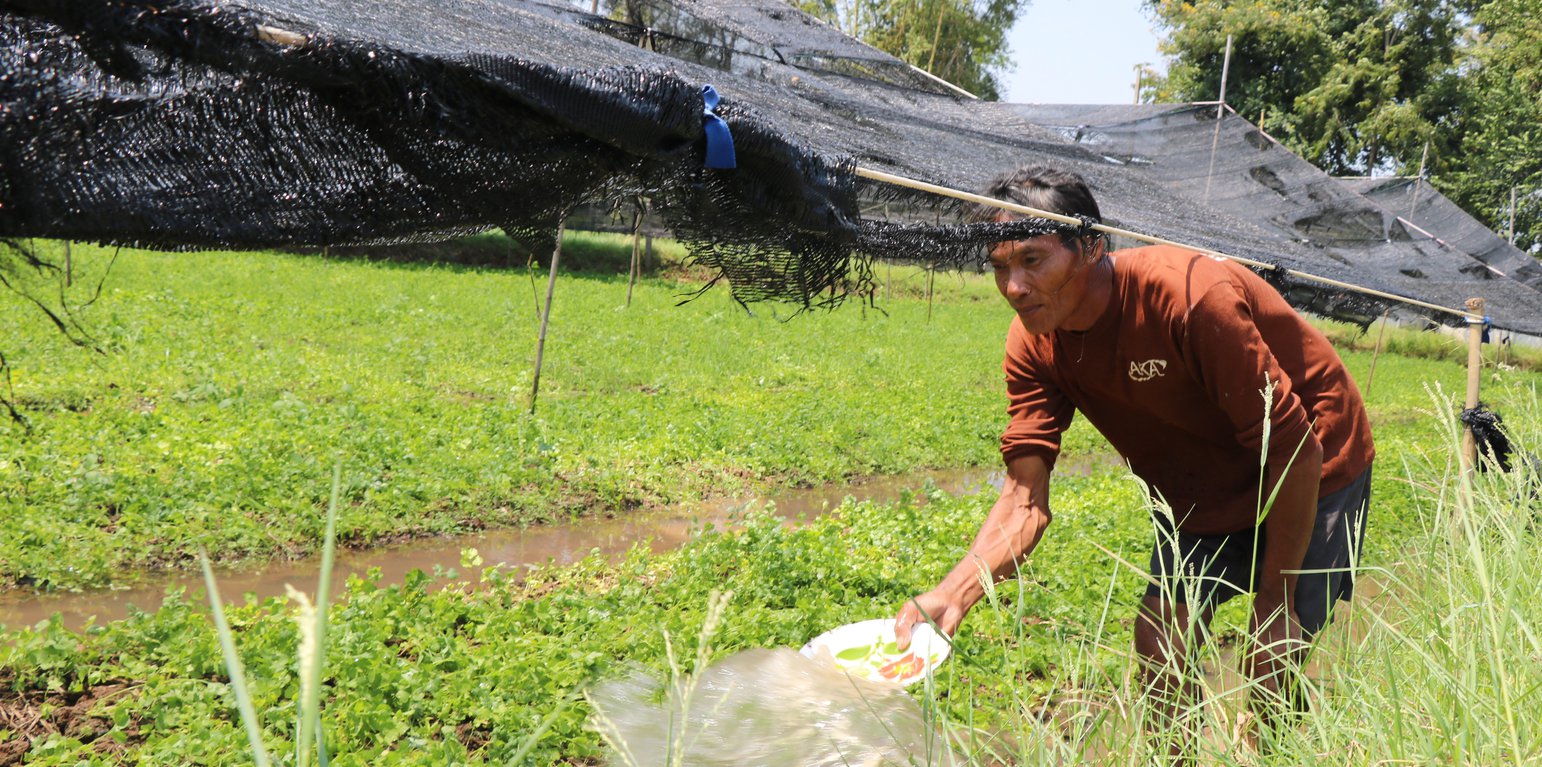



Changing flooded rice to salt-tolerant vegetable production as recommended by LDD researchers was started 25 years ago by a group of farmers at Ban Kaonoi Village, Pueaiyai Sub-district, Non Sila District, Khon Kaen Province. The land is located in the recharge area, which is nonsaline, with groundwater that has a salinity level of 0.7 dS/m. Groundwater that moves downslope picks up salt - and deposits salt in low-lying areas, causing off-site salinization. The LDD supports the land use change from rice to vegetables for higher income while at the same time lowering groundwater levels. When rice is grown through flood irrigation the groundwater level rises. With vegetables, farmers try to use minimal amounts of water to prevent salt accumulation – a weekly rate of 90 m3/rai (560 m3/ hectare). The objectives of changing rice to vegetables are to (a) decrease water use (b) get higher incomes from growing salt-tolerant vegetables, and (c) prevent off-site salinization. Without a drainage system, the following slightly to moderately salt-tolerant vegetables are recommended: varieties of basil (Ocimum spp), celery (Apium graviolens) and coriander (Coriandrum sativum). Planting starts with land preparation and making beds 1 m wide and 0.3 m high, mixed with 500 kg/rai (3125 kg/hectare cow dung, with 0.3m wide irrigation furrows between the beds.
The vegetables are divided into two groups: long- and short-duration crops. Long-duration crops (e.g. basil) take 5 months before harvest. The first crop is planted mid-January and harvested at the end of May; the second crop is planted mid-July, and harvested mid-December. The short-duration crops of coriander and Chinese celery need a 75-80 day growing period. The first sowing starts late January/ February and harvest is mid-April; the second sowing is late July, with harvest early October. Only short-duration crops can be planted after the rice harvest in December or earlier. Maintenance includes weeding (by hand) and fertilizer application. Labour is required for supplementary irrigation - by spraying water on the leaves as required – and once a week irrigation is applied through the furrows. The costs and benefits are calculated; the costs include seed, fertilizer, and labour for land preparation, planting, irrigation, maintenance, and harvesting. The farmers favor the technology because the crops can grow well in such circumstances and the products meet the market’s demand. In such way, farmers get higher income compared with rice, while crop residues and weeds can be used as animal feed.
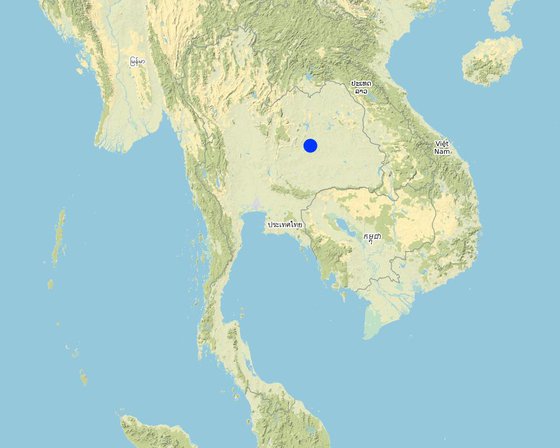
地点: Ban Kaonoi is in Non Sila Sub-district, Banphai District, Khon Kaen Province., Northeast/Khon Kaen, 泰国
分析的技术场所数量: 2-10个场所
技术传播: 均匀地分布在一个区域 (approx. 1-10 平方千米)
在永久保护区?: 否
实施日期: 10-50年前
介绍类型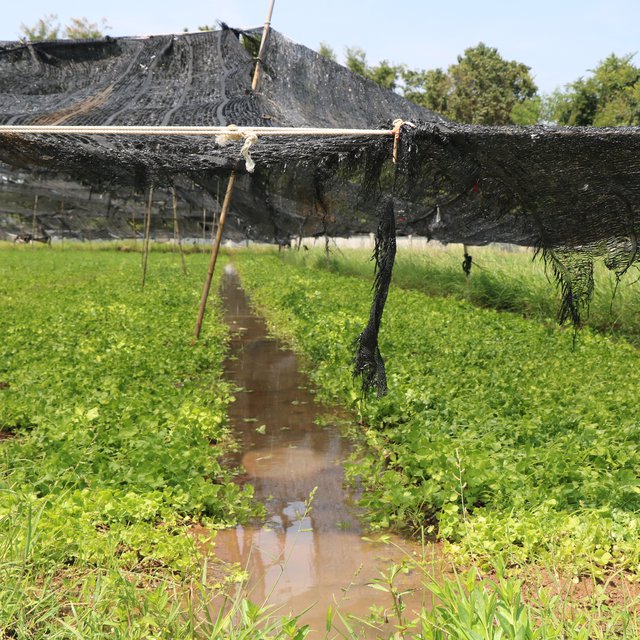
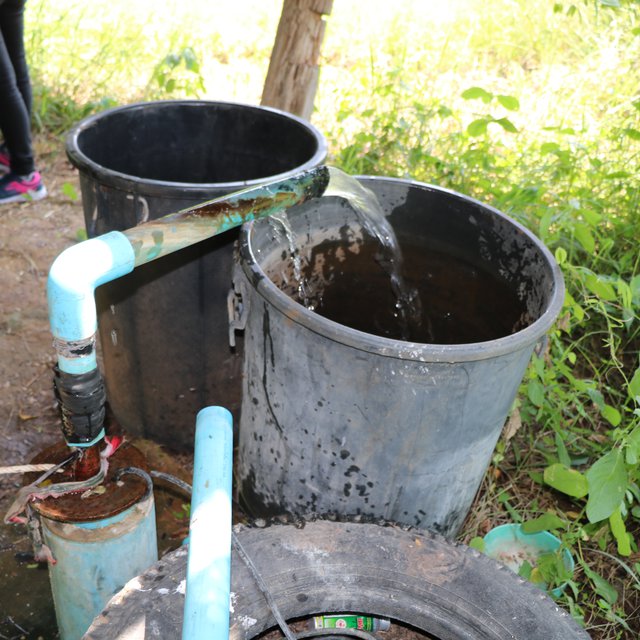

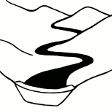







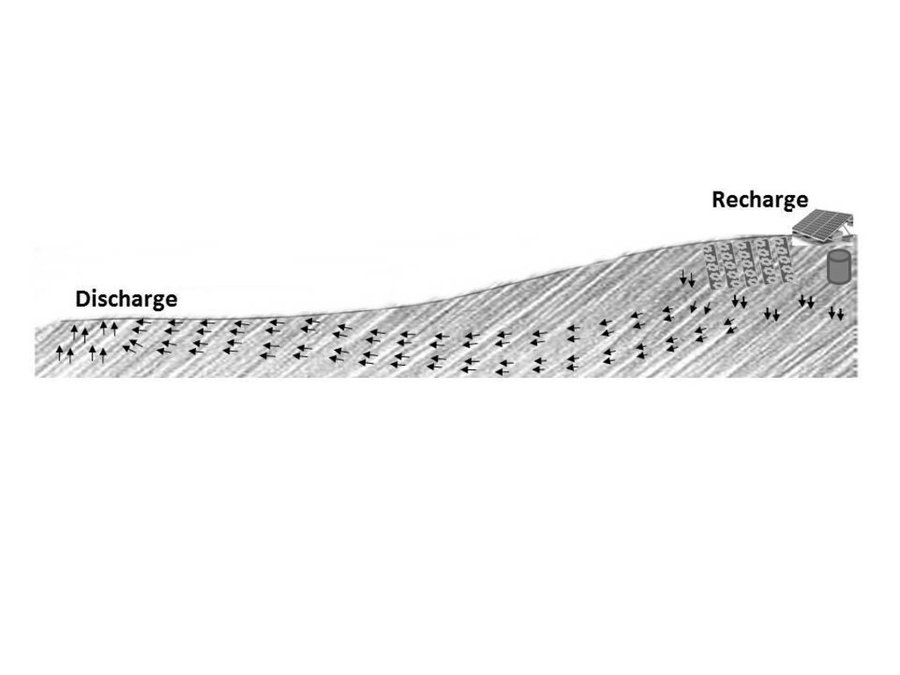
| 对投入进行具体说明 | 单位 | 数量 | 单位成本 (THB) | 每项投入的总成本 (THB) | 土地使用者承担的成本% |
| 劳动力 | |||||
| Preparing vegetable garden | rai | 1.0 | 1200.0 | 1200.0 | |
| Harvesting cost | person | 12.0 | 300.0 | 3600.0 | |
| 植物材料 | |||||
| Parsley seeds | gram | 300.0 | 0.183 | 54.9 | |
| Celery seeds | gram | 400.0 | 1.375 | 550.0 | |
| Sweet basil seeds | gram | 800.0 | 0.25 | 200.0 | |
| 肥料和杀菌剂 | |||||
| Compost 1.25 THB/kg, application rate 1,000 kg/rai | time | 1.0 | 1252.0 | 1252.0 | |
| Urea fertilizer 12 THB/kg, application rate 50 kg/rai | time | 1.0 | 600.0 | 600.0 | |
| 技术建立所需总成本 | 7'456.9 | ||||
| 技术建立总成本,美元 | 233.03 | ||||
| 对投入进行具体说明 | 单位 | 数量 | 单位成本 (THB) | 每项投入的总成本 (THB) | 土地使用者承担的成本% |
| 劳动力 | |||||
| Irrigation for parsley and celery | day | 16.875 | 300.0 | 5062.5 | |
| Irrigation for sweet basil | day | 11.25 | 300.0 | 3375.0 | |
| 肥料和杀菌剂 | |||||
| Urea fertilizer 12 THB/kg, application rate 25 kg/rai | time | 5.0 | 300.0 | 1500.0 | |
| 技术维护所需总成本 | 9'937.5 | ||||
| 技术维护总成本,美元 | 310.55 | ||||
An increase in production because the famers get greater yields and have more diversified crops.
Water for livestock and irrigation increases - but no difference to drinking water
Large increase because of more water availability for irrigation.